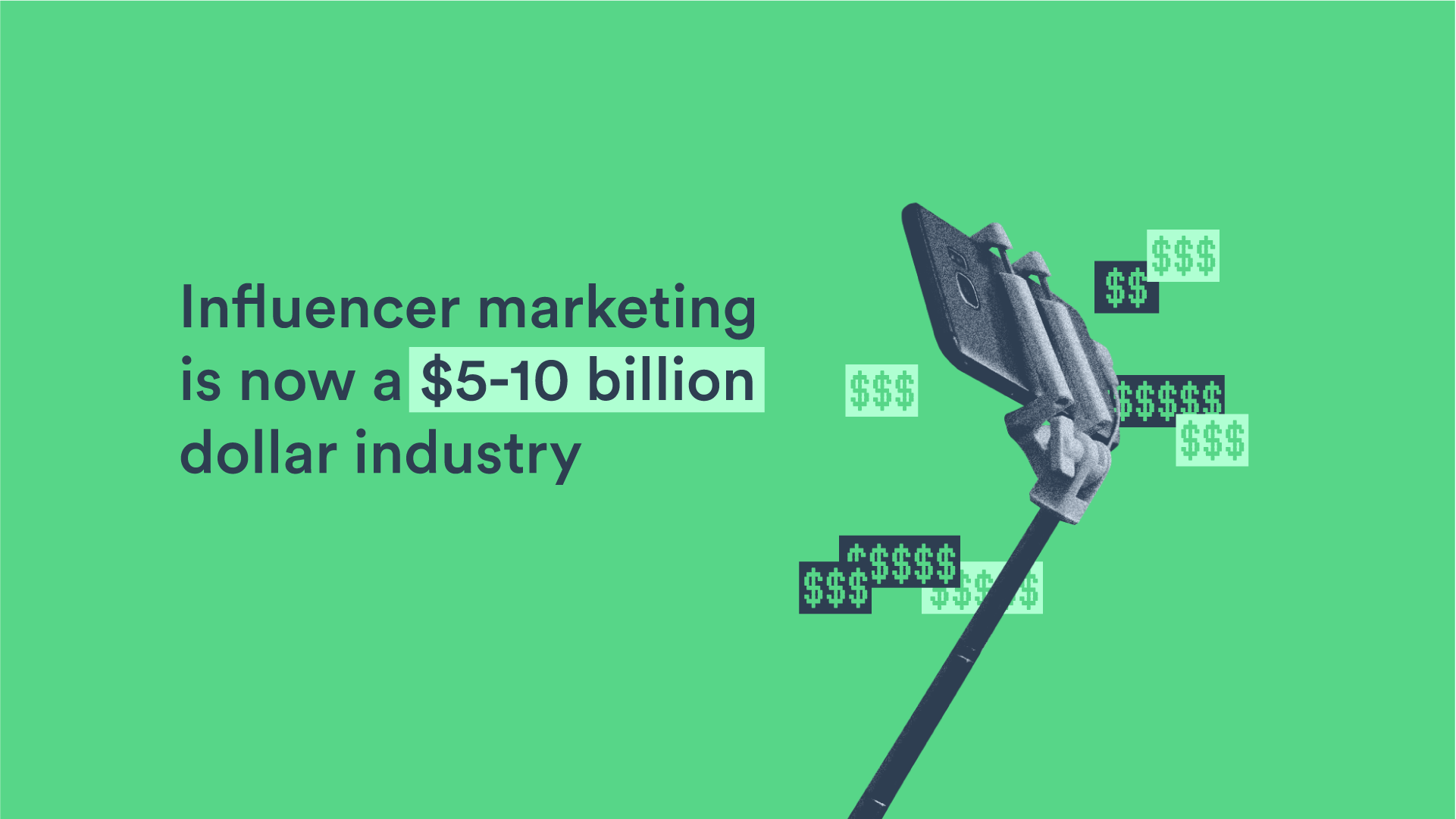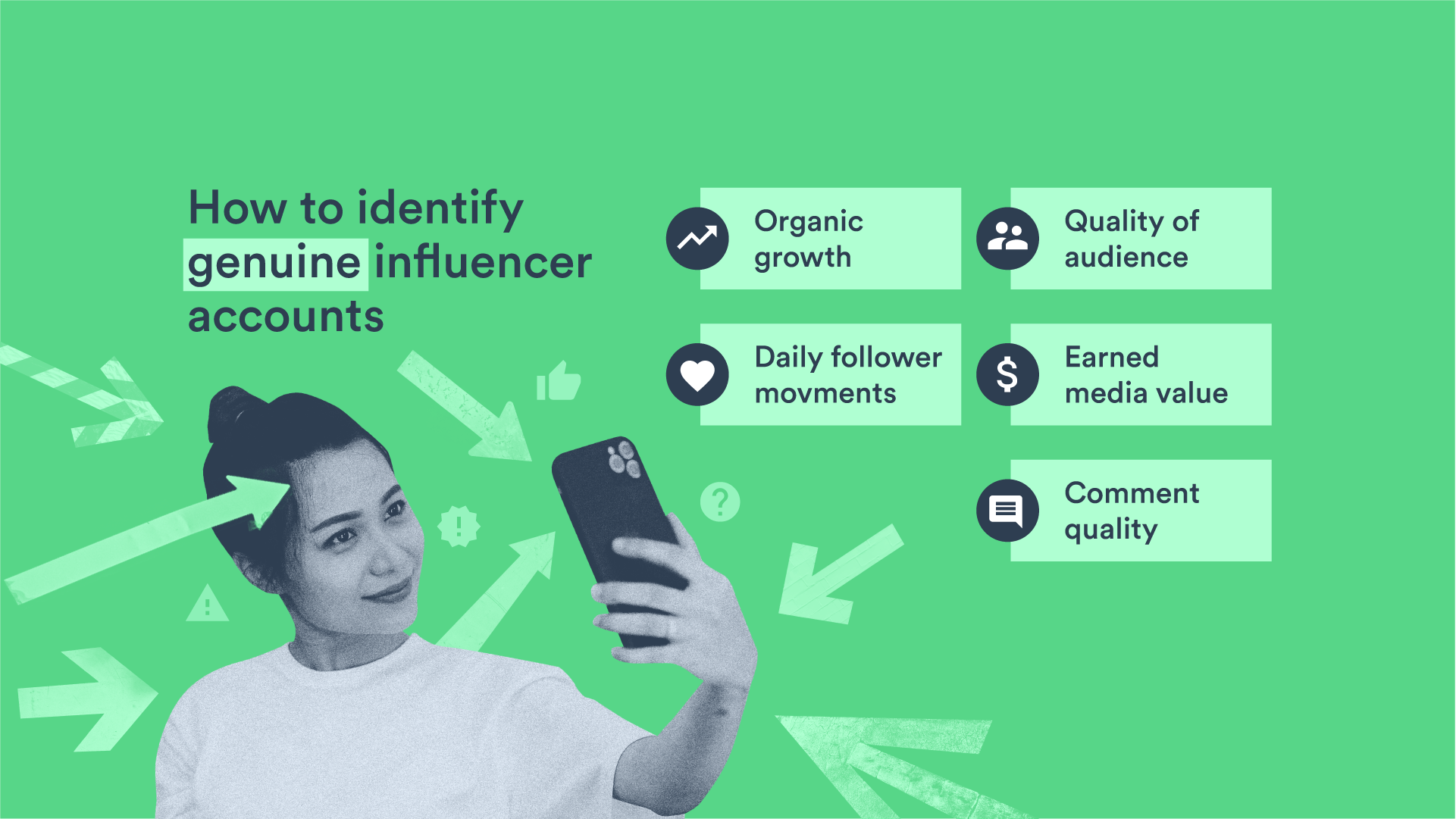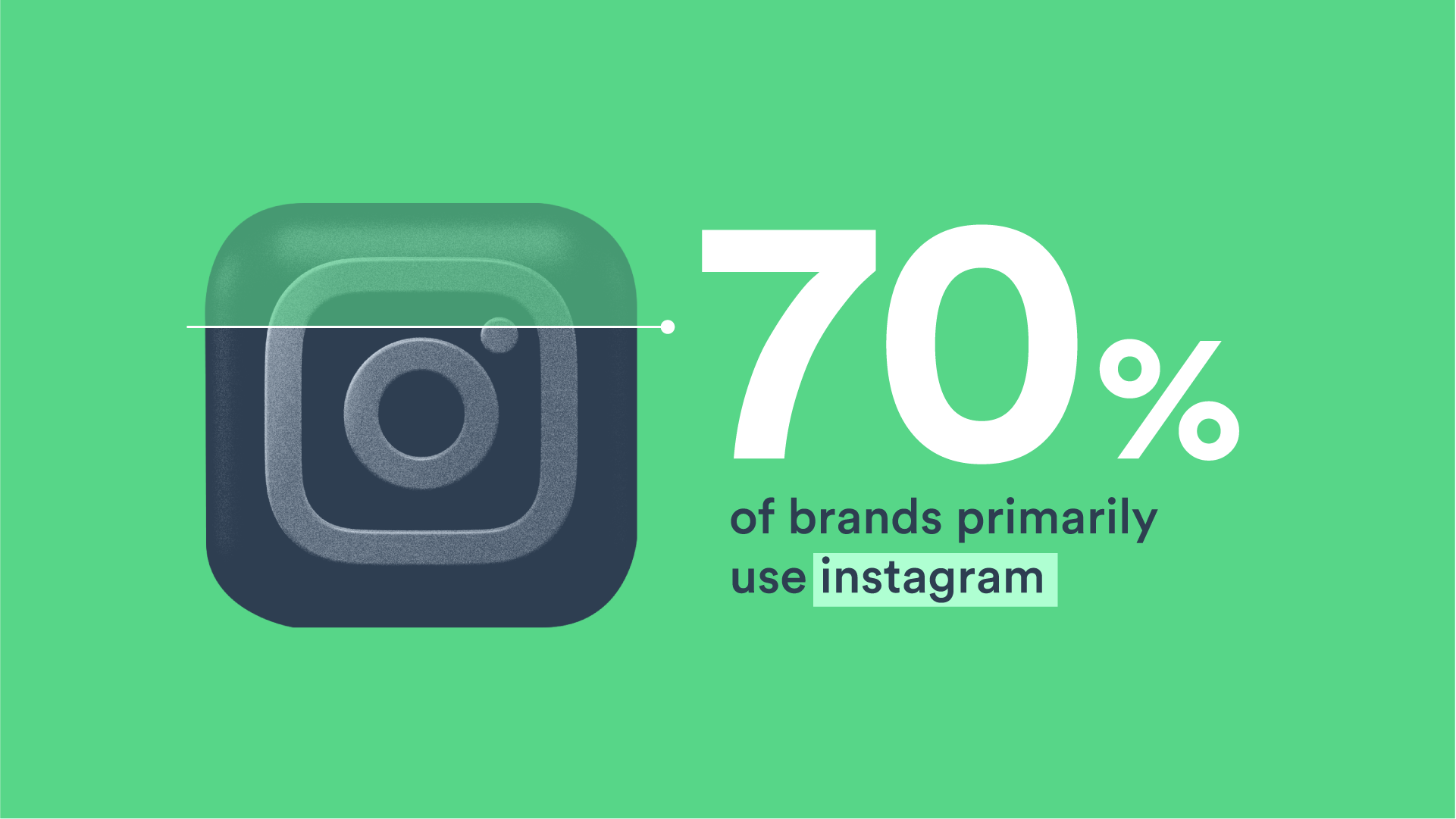There’s a misnomer about influencer marketing that it’s only available to huge corporations and multi-national firms with budgets deep enough to encourage Kylie Jenner to feature their products in one of her posts.
That isn’t true. Influencer marketing is available for every marketing budget, and there isn’t a single industry in which it can’t be effective.
You just need to know who to work with, where to find them, and how to identify whether or not they have an engaged audience that matches your own.
Influencer marketing alone is now a $5-10 billion dollar industry, and common budgets for it sit somewhere between $1,000 to $10,000 a year, depending on the company size.

In this guide, we’ll cover:
- how to find an influencer with an engaged, relevant audience;
- how to find people who are open to collaborating with your business;
- how to choose the right platform for influencer marketing; and
- how to approach these people yourself.
But first, let’s cover off a couple of quick questions you might have on your mind.
Question 1: What is influencer marketing? 🤳🏼
We’re glad you asked. Although it’s a common marketing term, people tend to get hung up on the top-end of the spectrum, where multi-million budgets come into play. That’s just not the case.
Influencer marketing is essentially the process of leveraging the influence a person has with their audience to increase the visibility of your products.
An influencer could be someone who writes regularly on a blog, runs a YouTube channel, or who hosts a podcast. They build loyal audiences who trust what they have to say, and this makes them invaluable marketing channels for savvy businesses.
Question 2: Why is influencer marketing beneficial?
Influencer marketing helps you increase brand awareness, reach a highly engaged audience, and build trust.
That’s hard to do if you only rely on marketing strategies like pay-per-click (PPC) advertising and organic content marketing.
Leaning on the influence of someone who has done much of the hard work already means you can quickly grab large slices of engagement for a relatively modest investment. What’s more, influencer marketing often results in evergreen content which can pay you back handsomely over a significant period of time.
How to find an influencer with an engaged audience 🗣
For an influencer to be worthy of your marketing budget, they’ll need two things:
- an engaged audience; and
- an audience that’s comprised of your ideal customer profile(s).
Clearly, you need to start your search by actually finding potential influencers. The easiest way to do this is to spend some time on platforms like YouTube and Twitter by searching for key questions your audience is asking. Think about the products you sell and the solutions they provide and base your search terms on that.
You’ll quickly find people creating content linked to those same challenges. Follow them and look back at their archives.
This isn’t a quick process; you’ll need to spend several weeks keeping an eye on their output to get a feel for their approach. After a while, you’ll settle on two or three people who you like, trust, and who appear to be on the money when it comes to the way they approach your shared audience.
Now for the investigative work. How can you tell whether or not these people are the real deal?
Clearly, something drew you to them, but an influencer isn’t worth their weight in gold if their audience doesn’t trust their opinions and views. So, the first thing to do is to see how ‘real’ that audience is.
Unfortunately, there are those who build their following by questionable means. Sometimes this will include buying followers in bulk, or quickly following and unfollowing a lot of random accounts to try and glean extra followers. This results in followings that aren’t engaged at all - and may not even know they’ve been ‘chosen’ as a follower. What’s more, many of the bought followers could, in fact, be bots (i.e. pieces of software designed to look like real, living, breathing followers).
There are some tools you can use to identify fake accounts. Take a look at Social Audit Pro, for instance - it’s a relatively cost-effective way to audit someone’s following. It’ll provide insight on things like:
- the quality of their audience;
- the daily follower movements;
- organic growth;
- the quality of comments; and
- earned media value.

Most social media platforms will also tell you when the person joined and, while it’s possible to grow a large following quickly, the best influencers take their time to amass a loyal following. Therefore, if you find someone who opened their account three months ago and already have 50,000 followers, tread with caution.
Equally, the number you should pay attention to is the ratio of an influencer’s following to the engagement they receive. For instance, which influencer below do you think is more valuable to your marketing strategy?
Influencer A: 100,000 followers, 10,000 monthly engagements
Influencer B: 10,000 followers, 5,000 monthly engagements
It’s Influencer B, of course. Their follower to engagement ratio is a huge 50%, whereas Influencer A only manages 10%. That means the former has somehow built a far more engaged following in front of which they can place your brand. They’re worth your time and money, even if the numbers, on the face of it, are lower.
Sometimes, the first numbers you see aren’t the most important - that’s definitely true with influencer marketing. That’s why it’s often better to work with a number of smaller influencers than attempting to win the affections of one big hitter.
How to find influencers who will collaborate with you
There are a couple of ways you can work with influencers. You can either collaborate with them or pay for them to talk about your products.
It’s important to note here that influencers have varying views on these methods of working with brands. Some are open to as many paid brand deals as possible (which is, of course, fine if their audience is up for it), while others vehemently oppose such deals.
The latter are far more likely to want to collaborate with you for mutual benefit. The benefit here is that you may not need to do anything more than send them something to review or test in exchange for some of their audience’s mind share.
Either approach might be right for you (or a mix of the two), but you need to start by working out which influencers will fit into each bracket. And that takes us back to the people you’ve been following as part of your influencer research.
Go back to their content. How do they talk about the products they showcase? Do they highlight from the outset that they’ve been given them by the brand in question, but that the review isn’t influenced but the fact? Or does the video or blog feel like more of a commercial?
If it’s the latter, they’ve probably been paid (and they should make note of this somewhere, technically).
It’s also worth checking out their social media output. Those who are keen on collaboration with brands will regularly mention them in their tweets and Instagram posts, and will publicly interact with them for the world to see.
So, once you’ve identified these people, how do you approach them?
How to approach influencers 📲
There’s no silver bullet for this part of the process; you need to get your hands dirty and start reaching out to influencers if you want to work with them.
Influencers worth working with will make it relatively easy to do so. For instance, if you can’t find any contact details on their YouTube channel or social media profiles, you might be wasting your time.
If, on the other hand, there’s an email address - leap on it! This is probably the easiest way to get hold of the influencer. Chances are, unless they’re of Casey Neistat levels, they’ll be paying close attention to their inbox for opportunities like the one you’ll present.
When contacting influencers, be upfront about how and why you want to work with them. If it’s a paid opportunity, reveal that straight away and, if you can, provide an indication of budget. If, on the other hand, you’re looking to simply collaborate, be open about the fact you want something that’s beneficial for both parties.
Highlight why you think both the influencer and their audience would like your stuff. The latter is particularly important; the best influencers will always have their audience’s best interests in mind, therefore it’s vital that you indicate you’re of the same mindset.
If at first you don’t succeed, keep trying. Influencers are often one-person-machines, therefore you may simply have caught them at a busy time.
To help your cause, make sure you interact with them on social media, too. Like their posts, comment on them and share their content.
That’ll place you more firmly in the influencer’s mind, meaning that your emails are more likely to be noticed.
There are some other ways you can approach influencers:
-
Use a PR agency: there are lots of PR agencies that they can provide a quick route to the right people. Just bear in mind that you’ll pay for the privilege, making this a tactic that’s probably more worthy of your investment after you’ve done some of the groundwork yourself (if that proves to be unsuccessful).
-
Use a specialist influencer agency: these are similar to traditional PR agencies but focused entirely on connected influencers with brands. There’s plenty of them around, but you will, once again, pay for the privilege of using them.
Our advice? Start the conversation yourself, and if you find that you’re knocking on locked doors, start allocating some budget towards the PR professionals and agencies.
It’s thought that nearly 70% of brands primarily use Instagram for influencer marketing, but that isn’t the only channel through which you can take advantage of this form of brand promotion.

Common influencer platforms include:
- YouTube
- Twitter
- Instagram
- TikTok
- Podcast networks
- Influencers’ own websites
The right platform for you will rest solely with your audience’s desire to use it and the frequency with which they do so. During your research phase of following and engaging with potential influencers for your brand, you should have developed a feel for which platforms best suit your brand.
It could be a mix, too. For instance, if your audience appears to favour both YouTube and Twitter, then that’s where you should focus your influencer marketing efforts.
Influencer marketing is a huge topic, and one which we’ll be digging into in more detail. So, remember to subscribe to our newsletter for future updates and stay tuned for further advice on this incredibly important form of marketing.
Get Started With Free WiFi Marketing
Beambox helps businesses like yours grow with data capture, marketing automation and reputation management.
Sign up for 30 days free